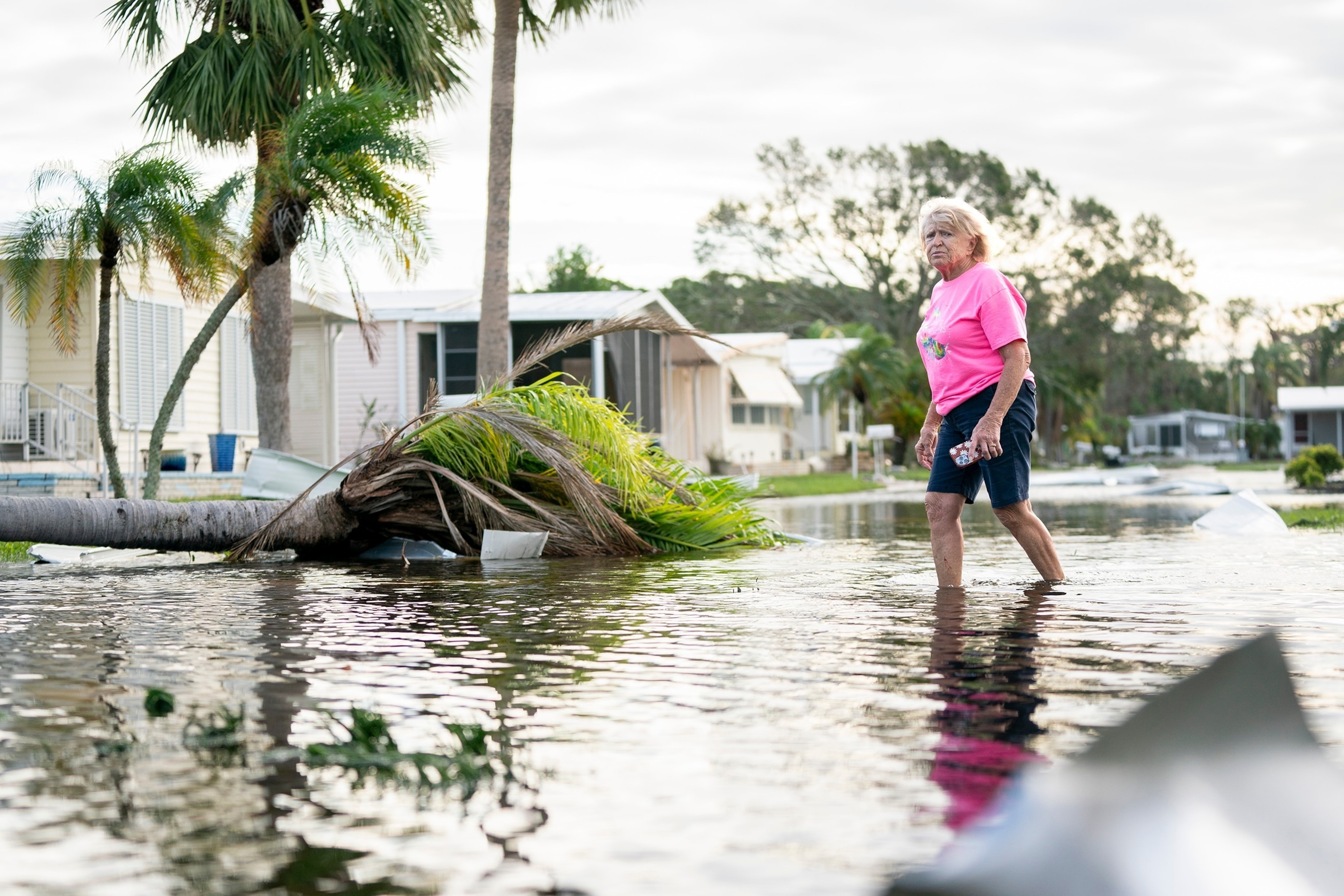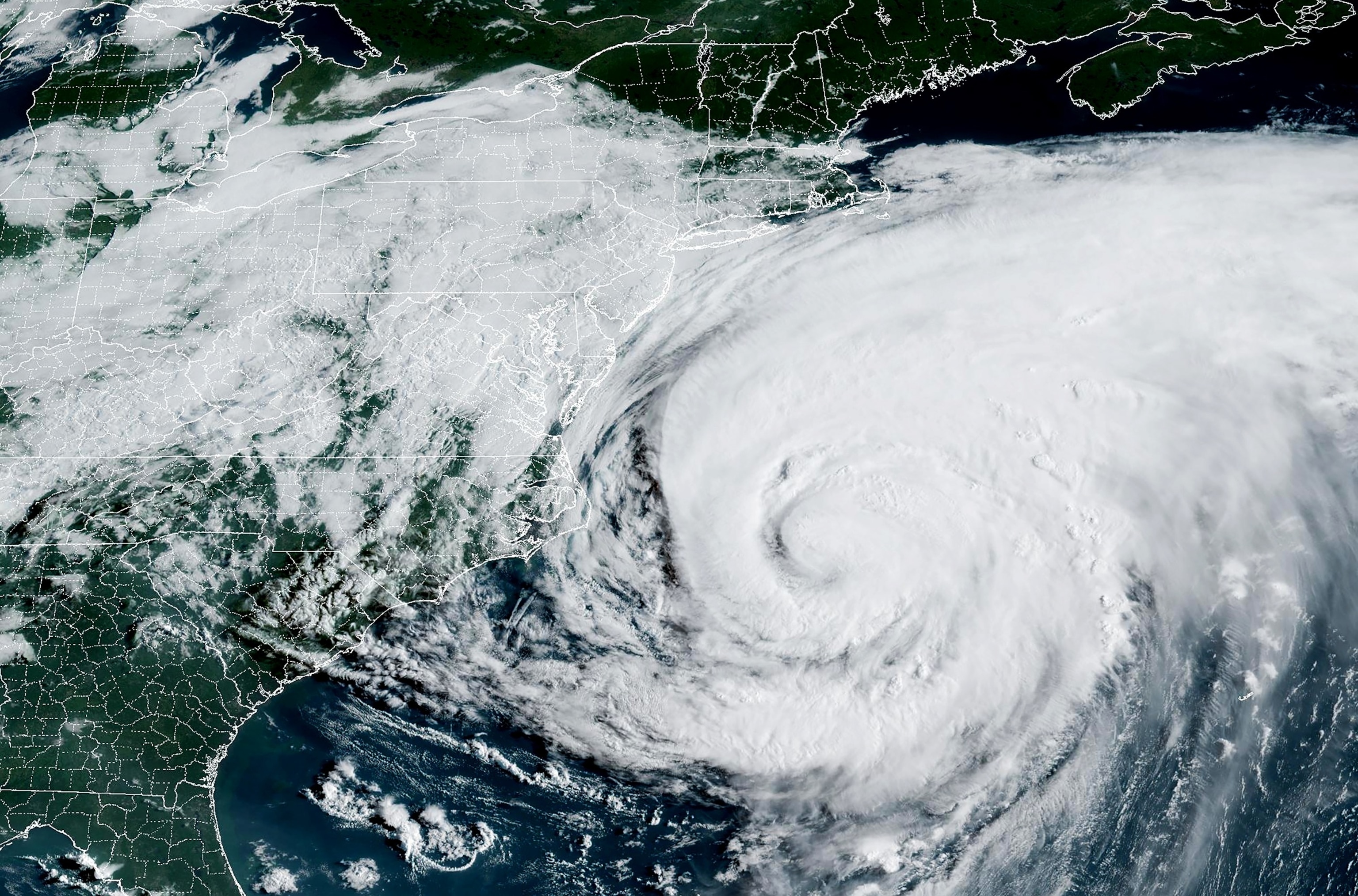It is now peak hurricane season: What to expect for storms in the Atlantic

Don't be fooled by the lack of tropical cyclones in the Atlantic Basin.
The peak of hurricane season is here, and activity could soon ramp up, despite the relative quiet currently occurring in the tropics, according to meteorologists.
The climatological peak of the Atlantic hurricane season is Sept. 10, with most activity occurring between mid-August and mid-October, on average, according to the National Hurricane Center. Historically speaking, about two-thirds of all Atlantic hurricane season activity occurs between Aug. 20 and Oct. 10.
But the Atlantic Basin remains quiet with no tropical development expected over the next week.
"For the next seven days, things look pretty quiet," David Zierden, the Florida state climatologist and head of the Florida Climate Center at Florida State University, told ABC News.

However, forecasters anticipate an increase in activity during the second half of the month as conditions become more favorable for tropical cyclone development.
The remainder of September and October will likely be active, Zierden said.
NOAA’s Climate Prediction Center long-range Global Tropical Hazards Outlook shows a rising probability of tropical development over the central Atlantic Ocean in the latter part of September, as large-scale environmental conditions gradually become more favorable for tropical cyclone activity.
Tropical weather experts at Colorado State University echo these predictions, saying overall atmospheric conditions, including wind patterns, will shift in a manner that supports a notable increase in activity.
In mid-September, the upper atmosphere and wind shear should become more favorable for the formation and strengthening of storms, Jennifer Francis, an atmospheric scientist at the Woodwell Climate Research Center, told ABC News.
Last month, NOAA predicted above-normal activity for the remainder of the Atlantic hurricane season.
The agency forecasted 13 to 18 total named storms with winds of 39 mph or greater, including five to nine storms predicted to become hurricanes with winds of 74 mph or greater and two to five storms expected to become major hurricanes with winds of 111 mph or higher.
The average number of named storms in the Atlantic Basin during one season is 14, with seven of them becoming hurricanes.

So far this season, there have been six named storms. Only one storm has formed into a major hurricane.
Hurricane Erin formed on Aug. 11 and intensified into a Category 5 storm less than a week later. While the hurricane brought a prolonged period of rough surf and dangerous rip currents to the northeastern Caribbean and the East Coast of the U.S., it remained offshore.
Separately, Tropical Storm Chantal made landfall in South Carolina in early July.
The next named storm will be called Gabrielle.
The Atlantic hurricane season has been relatively quiet so far due to hostile atmospheric conditions that discourage the formation of tropical cyclones as well as the dust blowing from the Sahara Desert, Francis said.
September and October often see some of the busiest activity for hurricanes because sea surface temperatures can be at their highest, Zierden said. Higher temperatures provide "ample fuel" for the formation and intensification of tropical cyclones, he added.
Currently, waters in the Gulf and Caribbean are "very warm," Francis said.
"So when a disturbance does come along, it'll have plenty of fuel," Francis said.

During the two busiest Atlantic hurricane seasons on record -- 2020 and 2005 -- both years saw about half of the total number of named storms for the season occur after Sept. 3.
Hurricane activity in 2024 demonstrated how active late September and early October can be for tropical development.
Hurricane Helene, which caused devastating flooding in North Carolina, formed on Sept. 24, 2024, while Hurricane Milton, which caused widespread destruction in Florida, formed on Oct. 5, 2024.
During this time of year, tropical activity tends to develop in the Caribbean or Gulf, rather than near Africa, which also complicates response efforts, Francis said.
"That gives people less time to prepare," she said.
ABC News








